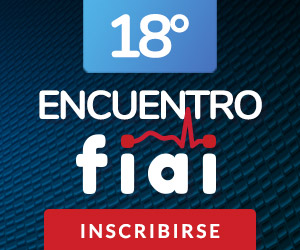To be or not to be? – that is the question!

Brazil
Case presentation
Caucasian man, 62 years old, was admitted in the emergency room with a clinical picture of hemodynamic instability (altered level of consciousness, systolic blood pressure < 90 mm Hg, very high rate pulse (≈ 185 bpm) and prolonged capillary refill time (> 6 seconds return of normal coloration after temporary compression); consequence of sustained wide complex QRS tachycardia (Figure 1). This event was immediately reverted with synchronized direct current (DC) cardioversion, at starting energy dose of 100 J. We preformed immediately a new standard 12-lead ECG that showed QRS fragmentation? or epsilon waves? (Figure 2) and in view of the ECG findings we recorded the accessory bipolar precordial Fontaine leads (F-ECG) placing the left arm on the xiphoidal process and the right arm lead on the manubrium sternum, with the left leg in the location of V4 or V5 because these leads provide a better detection of fragmented QRS (fQRS) and epsilon (ε)-wave (Figure 3).
Transthoracic echocardiogram: normal. Left Ventricular Ejection Fraction (LVEF): 66%, normal right ventricle. Computed tomography of the chest was suggestive of cardiac sarcoidosis with probable cardiac involvement.
Questions:
- Which is the ECG diagnosis of wide QRS tachycardia at admission? VT or SVT with aberrancy That is the questions
- Which is the ECG diagnosis of 12-leads basal ECG preformed immediately after reversion? fQRS? or ε-waves? That is the question
3. Which is the most probable subjacent etiology? Concealed form of Arrythmogenic Right Ventricular Cardiomyopathy/Dysplasia or sarcoidosis? That is the question









